Cynthia Daignault is an artist, musician and writer living and working in Brooklyn, NY. She grew in Baltimore, Maryland and attended Stanford University. She was a MacDowell Colony Fellow in 2010. She edited the monograph on Sean Landers, Improbable History, which was published by JRP Ringier in 2011. Her work was featured in a solo show at White Columns in 2011. Daignault is a recipient of the 2011 Rema Hort Mann Foundation Grant. Her most recent solo show was at Lisa Cooley, New York, in the Fall of 2013. She has published two limited edition artist books, CCTV (2012) and I love you more than one more day (2013). She is the editor of A-Z. In June 2014, her first curatorial project with art historian Mark Loiacono will open in New York.
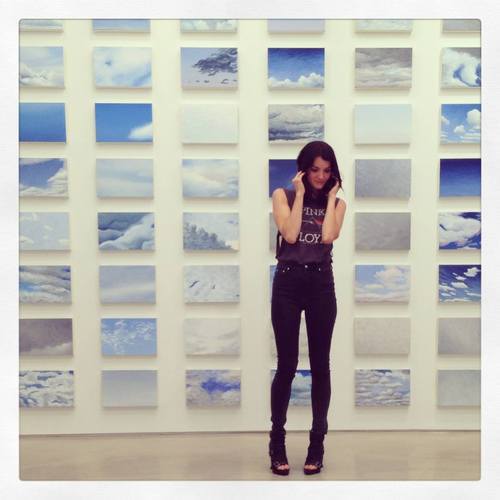
Tell us a little bit about yourself and what you do. I am painter. I sit in a relatively small room by myself, day after day. I move paint around a canvas. I think about love and I think about death. I contemplate the surreality of sitting in a relatively small room by myself, day after day, moving paint around a canvas thinking about love and about death.
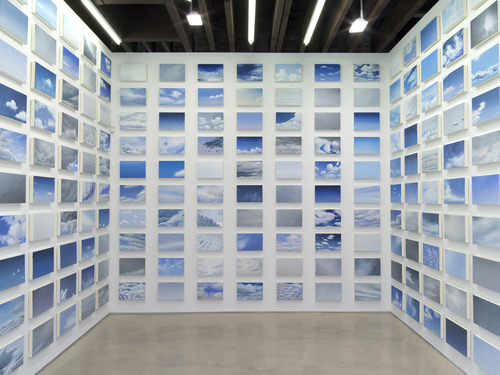
How has living in New York affected your art practice? Spoiler Alert: New York is expensive. The rub: for years I worked a full-time job to pay my sickening apartment and studio rent because I thought I had to. This choice delayed my career by a good 10 years. Realizing this, I quit my job and went into massive credit card debt, endeavoring to create a situation of desperation where I had no choice but to accomplish something with my work or else fail miserably trying. Point Break. The city is a pressure cooker. It’ll cook you fast if you stay inside––and that’s it––you’re done. Or the pressure can build so intensely that the entire pot explodes destroying the dinner, the kitchen, the family, the house and the entire neighborhood. Boom. I’m trying to say it’s a love/hate thing. The city helped my work and career in many ways, but it also cost me 10 years of painting that I won’t get back (not to mention the ten years of drinking to alleviate my depression through which the city will no doubt claim another ten years on the back side of my career).
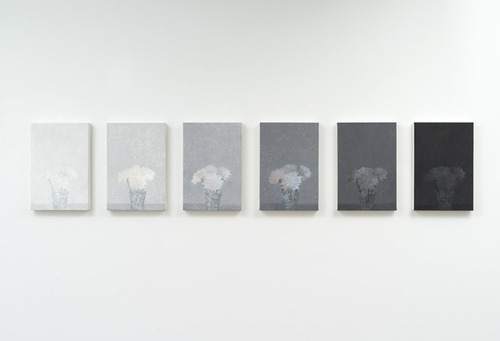
Who is your ideal studio mate? Curran Hatleberg. He is my studio mate. He is a photographer. He is also my boyfriend. I know less about photography than I should, so it’s humbling when I’m working on a new project and he can show me photographs that relate. It’s endlessly helpful to see how similar ideas can be approached in different media, which forces me to question my assumptions about what’s possible and what’s meaningful. Not to mention: he looks cute, makes me snacks, opens jars, and deejays Southern rap mixes when I get whiney.
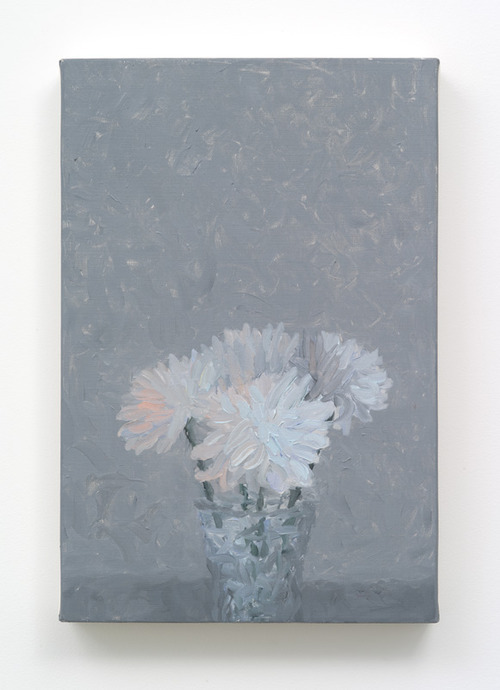
If you were a drink what drink would you be? I want to say moonshine, or white lightning, or Everclear, but the sad truth is I’m probably something fruity, blended, and pink, served in a plastic coconut by an old guy in a cheap toupee. What I mean to say is this: I always say to become a great painter you have to learn to love the painter you are, not the painter you want to be. Sure bourbon is cool, but the world needs Tiki bars (and toupees), so maybe it’s not all bad. We’ll call it Summer’s Eve (the drink I mean, not the douche).
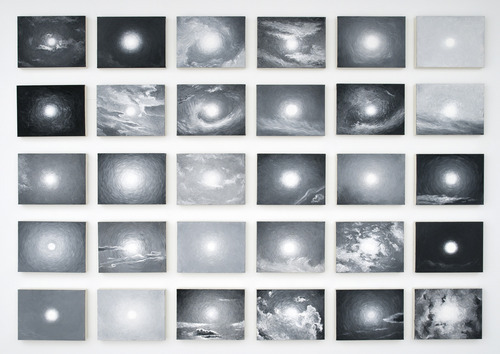
How did your interest in art begin? I always liked making things, but mostly it was mix tape covers. I made a lot of mix tape covers. It was the 90s, you couldn’t get a boyfriend without making that special guy a mixtape. And you couldn’t give him a mixtape without making a pretty fly cover. (Let’s just say I made a lot of mix tapes – Wocka Wocka). In college, I majored in art to add to my repertoire of mixtape making skills. But then mp3s and Napster and Justin Timberlake (as that guy from Napster) collapsed my whole analog world, and I was left holding the proverbial cassette. With mixtape artist no longer a viable career path(!), painting seemed like a solid second choice.
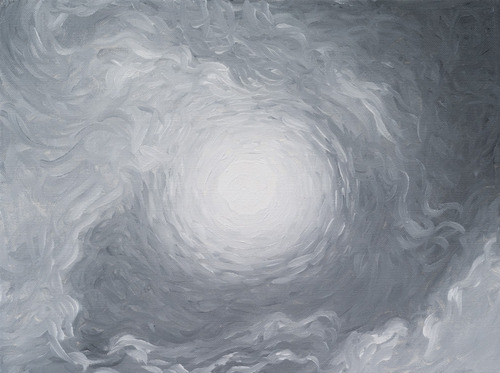
What past trends in art do you think should never come back? So called self-identifying “conceptual painters.” I think they’re self-hating painters with no viable relationship to the history of painting. To say ‘conceptual painting’ is to imply that there is a painting that is not conceptual, or to suggest that Monet or Courbet are merely mimeographing life. Ridiculous. At the very root, rendering three dimensional space and temporal visual existence into a fixed two-dimensional frame is a conceptual practice. Can I add a second? Market-based pessimism. Art can be poetic and meaningful if we aim toward that end, which means creating contexts for meaning, and at the core believing in the power of objects to effect people on intellectual and emotional levels and on the inherent desire in people to engage on those levels. I choose to believe that people are inherently good and that art can be meaningful. Even if I’m wrong, I’d rather be the naive optimist, than the nihilist, defeatist or pessimist. (Plus, I’m not wrong.)
What do you want a viewer to walk away with after seeing your work? The Clap.
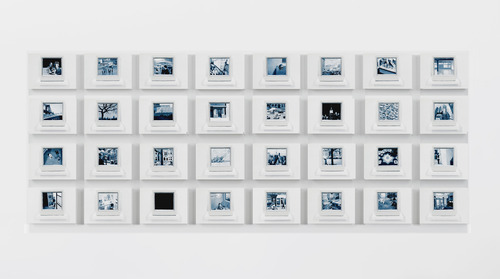
Most embarrassing moment? There was this one time I wrote my most embarrassing moment on a blog on the internet. It went viral; people were shocked; my mother cried; I never recovered. Oh the life of a millennial. MILEY!
What are some recent, upcoming or current projects you are working on? I just finished a solo show at Lisa Cooley Gallery. That was fun, but now I’m curating my first exhibition with the incomparable Mark Loiacono (Warhol scholar extraordinaire). I had no interest in curating, until I was surfing the net last month and noticed that in 30 current shows, Gagosian wasn’t showing one woman. Disgusting. I mean really sickening. Don’t get me wrong––there are definitely rays of light in this cave. For instance, I’m working with Kara Walker on a show she’s curating at the ICA Philadelphia (Anthony Elms is a gem!) ”Ruffneck Constructivists.” It’s a great show. Tough, deep, smart, challenging, cool, expansive, inclusive, generous. It’s inspiring. Kara really reminded me the point of throwing your name in the ring once and a while to fight for the artists and ideas that inspire you, and to fight against all the sexist, racist, agist, small-minded types feeding thrice regurgitated feces down our throats. If that’s not you––great. If that is you––do better.
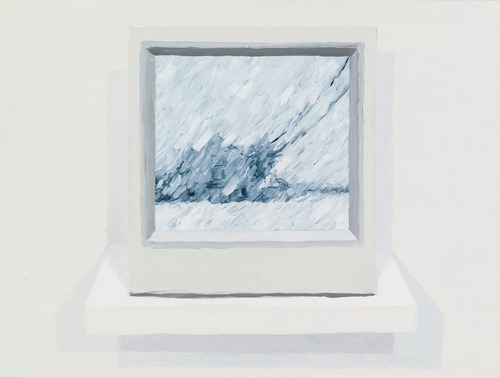
What were you like in high school? I am unchanged. For better or worse. I listened to a lot of records, made stuff, hung out with my friends, read books, studied a lot, made out, and took long walks to nowhere places like alleys, parking lots, convenient stores and train tracks. Pretty much the only difference between then and now is the number of days per week that I wear mens pajama pants in public.
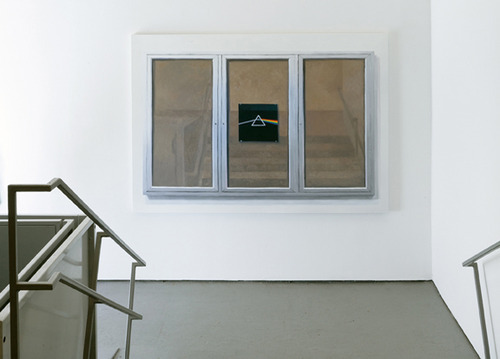
Can you share one of the best or worst reactions you have gotten to your work? I’m racking my brain for a time when an animal has encountered one of my paintings. Is it possible that no animals or pets have EVER looked seriously at my paintings? If so, this is certainly something to remedy. I’m sure if I got some dogs or cats up in my studio, I could get some pretty choice youtube footage to give an answer to this question with proper weight. Like so: A dwarfish, wall-eyed cat comes into my studio. He sees my latest painting. He looks at it very carefully. What’s this? Is he smiling? Then suddenly: hairball, back flip, a meow (which sounds eerily like “way to go!”), and one glorious high five, cat’s paw to painter’s hand. What is it to be an artist if not to dream?
